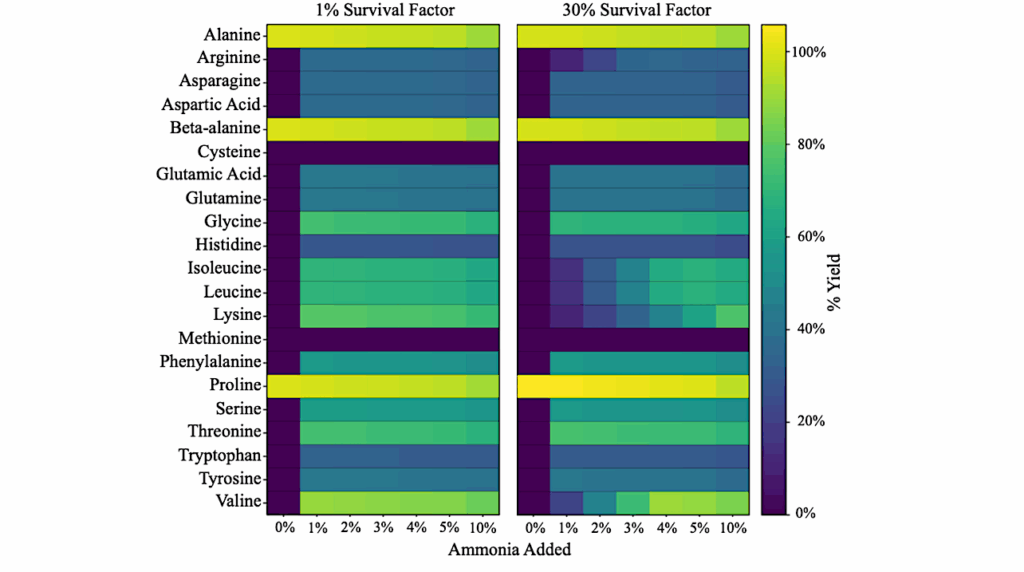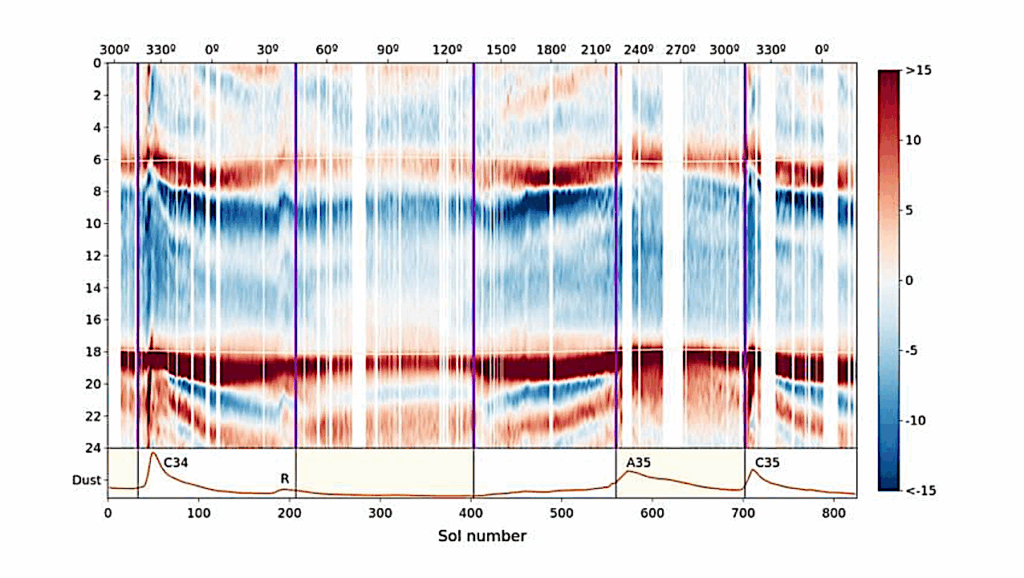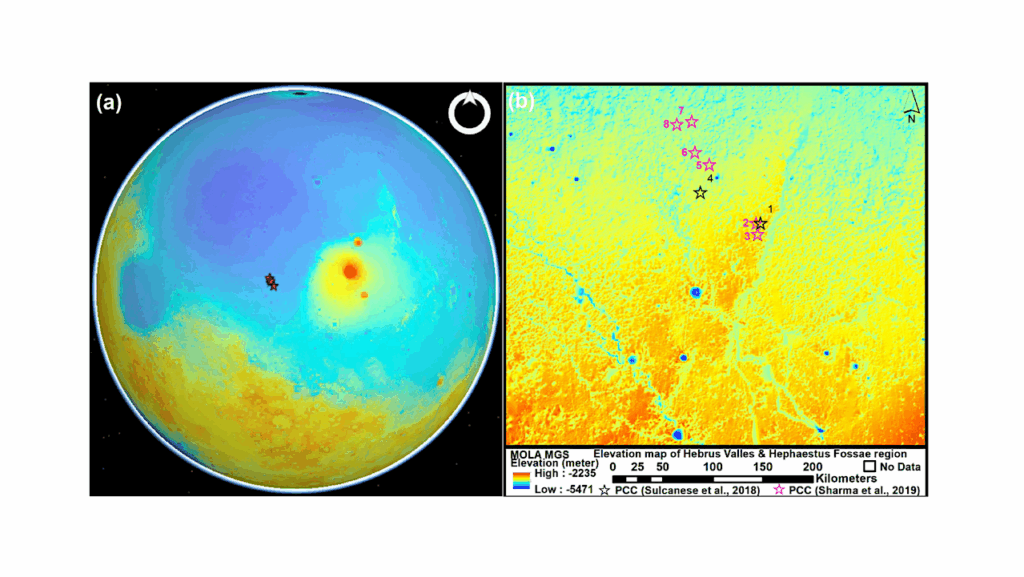Strong Biases In Retrieved Atmospheric Composition Caused By Strong Day-night Chemical Heterogeneities

Most planets currently amenable to transit spectroscopy are close enough to their host star to exhibit a relatively strong day to night temperature gradient. For hot planets, this leads to cause a chemical composition dichotomy between the two hemispheres.
In the extreme case of ultra hot jupiters, some species, such as molecular hydrogen and water, are strongly dissociated on the day-side while others, such as carbon monoxide, are not. However, most current retrieval algorithm rely on 1D forward models that are unable to model this effect. We thus investigate how the 3D structure of the atmosphere biases the abundances retrieved using commonly used algorithms. We study the case of Wasp-121b as a prototypical ultra hot Jupiter. We use the simulations of this planet performed with the SPARC/MIT global climate model (GCM) and generate transmission spectra that fully account for the 3D structure of the atmosphere with Pytmopsh3R.
These spectra are then analyzed using the \taurex retrieval code. We find that such ultra hot jupiter’s transmission spectra exhibit muted H2O features that originate in the night-side where the temperature, hence the scale-height, is smaller than on the day-side. However, the spectral features of molecules present on the day-side are boosted by both its high temperature and low mean molecular weight. As a result, the retrieved parameters are strongly biased compared to the ground truth. In particular the [CO]/[H2O] is overestimated by one to three orders of magnitude. This must be kept in mind when using such retrieval analysis to infer the C/O ratio of a planet’s atmosphere. We also discuss whether indicators can allow us to infer the 3D structure of an observed atmosphere. Finally we show that HST/WFC3 transmission data of Wasp-121b are compatible with the day-night thermal and compositional dichotomy predicted by models.
William Pluriel, Tiziano Zingales, Jérémy Leconte, Vivien Parmentier
(Submitted on 12 Mar 2020)
Comments: 13 pages, 10 figures, accepted on March 12 2020 in Astronomy & Astrophysics, section 10. Planets and planetary systems
Subjects: Earth and Planetary Astrophysics (astro-ph.EP)
Cite as: arXiv:2003.05943 [astro-ph.EP] (or arXiv:2003.05943v1 [astro-ph.EP] for this version)
Submission history
From: William Pluriel
[v1] Thu, 12 Mar 2020 18:00:01 UTC (6,688 KB)
https://arxiv.org/abs/2003.05943
Astrobiology








